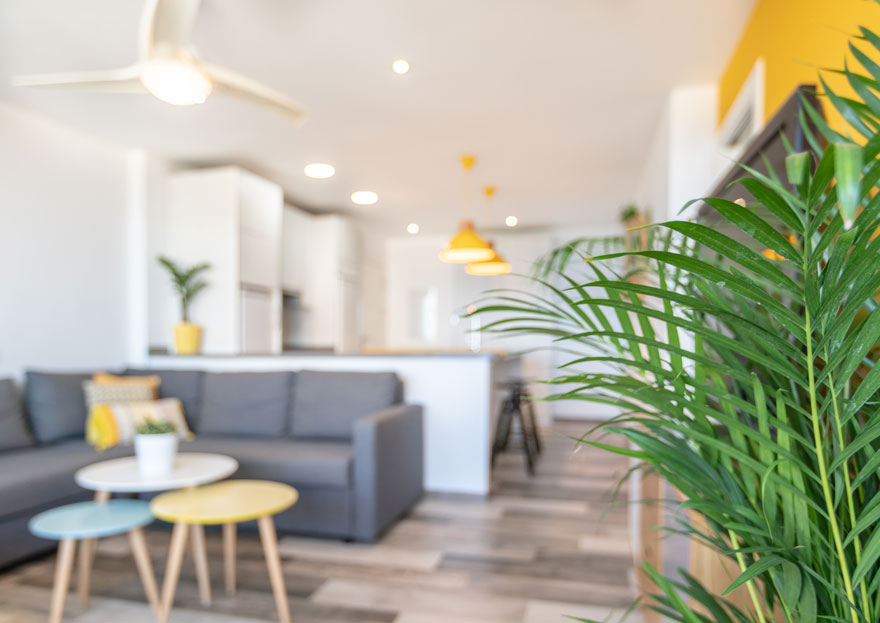
Biophilia in office design
Biophilia or connection of people with nature is an emerging field in workspaces. For this reason, at Filbak we consider (and celebrate) that the application of biophilia in office design has come to stay. Today we come to tell you why, keep reading!
the importance of interior design
From our role as architects and interior designers, we have the power to condition the way people live or work.
Therefore, the importance of a good distribution, the choice of materials, furniture or lighting design. All of these are factors that directly influence the company in a workspace. Not only on an aesthetic level, but also on a strategic, profitability and well-being level.
In this sense, today we are going to talk to you about biophilia, or what is the same, the connection of people with nature.
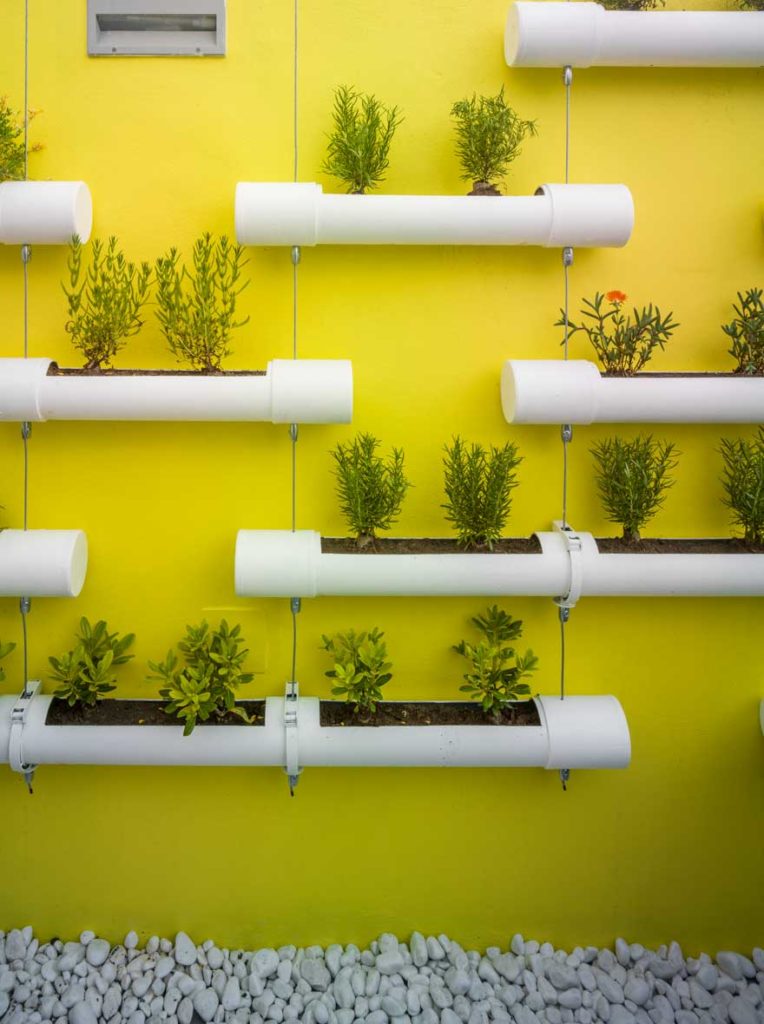
the benefits of biophilia
Biophilia is a term popularized by biologist Edward O. Wilson. We understand biophilia as our sense of connection with nature and with other forms of life. This contact with nature is essential for the psychological development of the human being.
The concept of biophilic design tries to bring nature closer to the architecture environment, alluding to the double essence of the human being: social and natural.
When we talk about the influence of biophilia on office design, we are not only talking about an issue of air quality. If not, we are talking about reducing stress and increasing performance and creativity in the workspace.
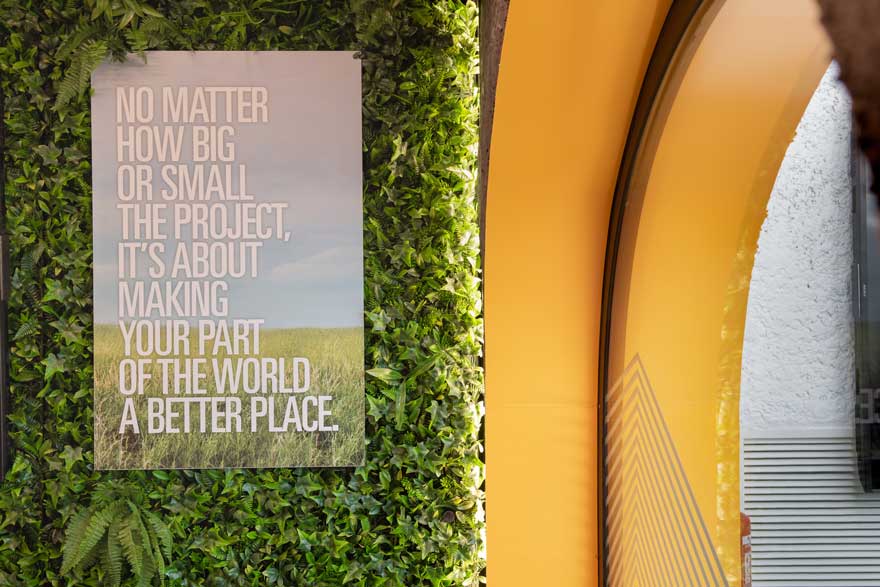
Some studies that confirm this is the one carried out by Interface’s Global Report on Human Spaces. It confirms that offices with natural elements, vegetation and natural lighting:
- Well-being and productivity levels increase by 13%
- They reduce anxiety at work by 37%
- 58% reduction in cases of workplace depression
- And employee fatigue is reduced by 38%
In short, biophilia in office design is synonymous with healthy work spaces.
biophilic design in offices
When we think of biophilia in office design, it leads us directly to think of vegetation, natural lighting and ventilation, the use of natural and recycled materials, water or fresh air.
However, biophilic design goes further. It is not necessary to have direct contact with nature. It consists of integrating elements that evoke nature within the office, in order to increase well-being.
create symbolic connections with nature
In this sense, it is possible to achieve it through patterns, tones, shapes, textures or natural materials that make the worker feel the same sensations that they would experience in a natural space.
An example is the office design in Malaga that we have made for Sagardoy Abogados. This project uses a carpet that simulates a paving stone with verdigris, together with furniture and vegetation, typical of an outdoor plaza.
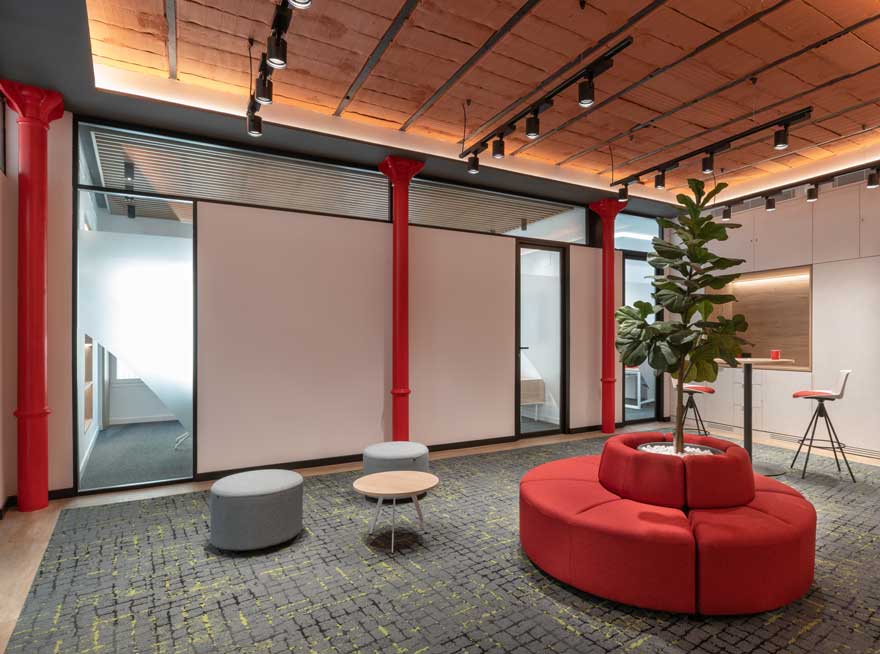
Also, another important factor is natural lighting. It has been shown that the intensity and duration of contact with nature are parameters capable of altering our biological functioning. Sunlight causes the brain to release endorphins, improving people’s mood and concentration.
For this reason, in this project, windows capable of introducing natural light to the “central square” were used. In this way, well-being, health and emotional comfort are promoted.
biophilia as a necessity
In the current model of society, where we surround ourselves more than the artificial, the return to the sensations that the natural environment offers us will be decisive for the workspaces of the future.
The United Nations determines that by 2030, 60% of the world’s population will live in cities. Therefore, the search for generating mechanisms of the sensations that we have in nature will be the most appropriate way to improve the day-to-day of workers, as well as their productivity.
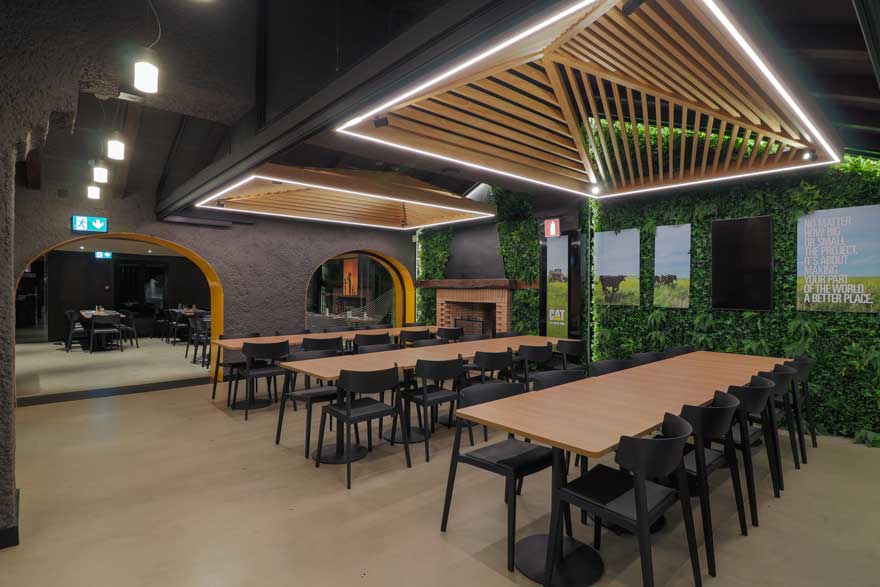
If you are interested in knowing more about workspaces and productivity, you can read our blog post on Agile Methodology, Spatial Branding or learn about our office design projects.
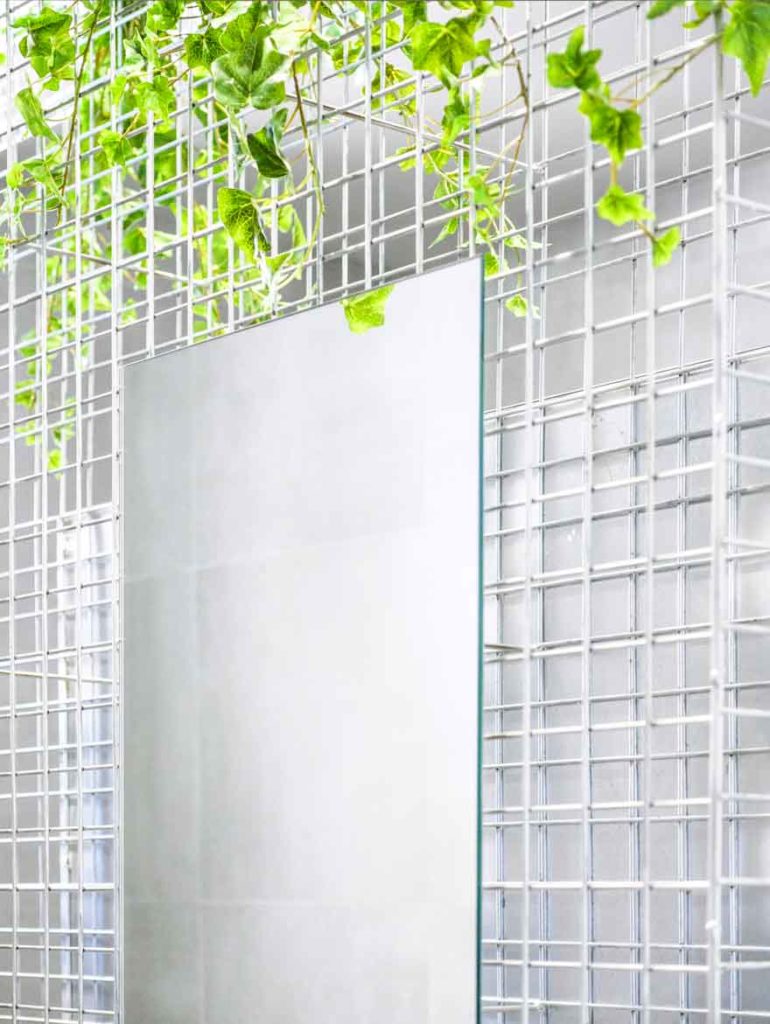
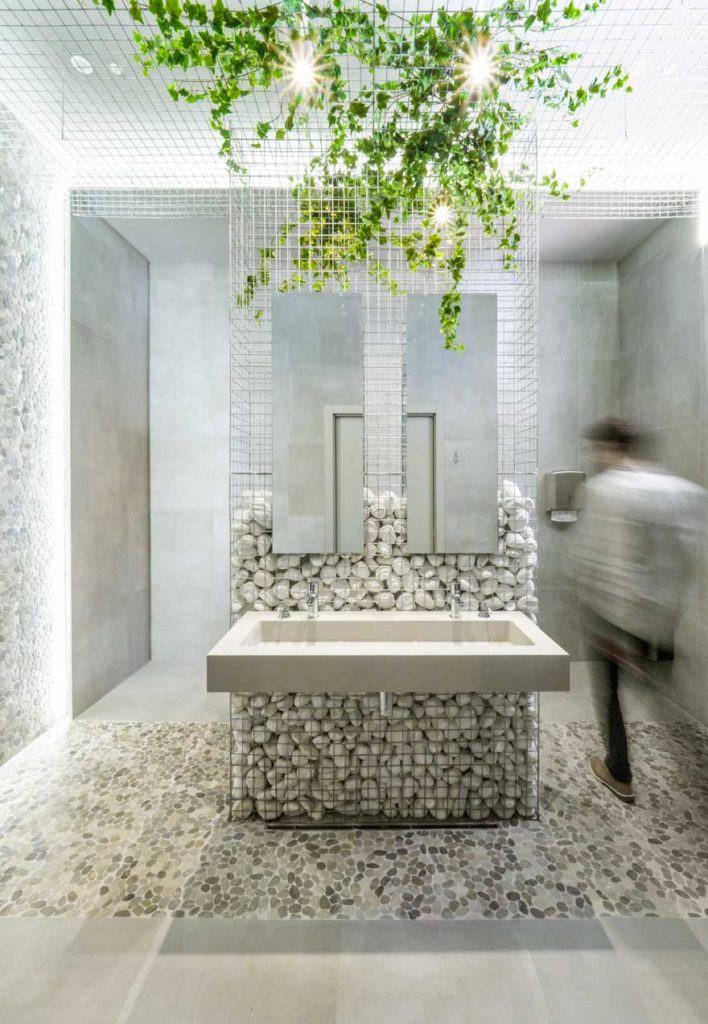
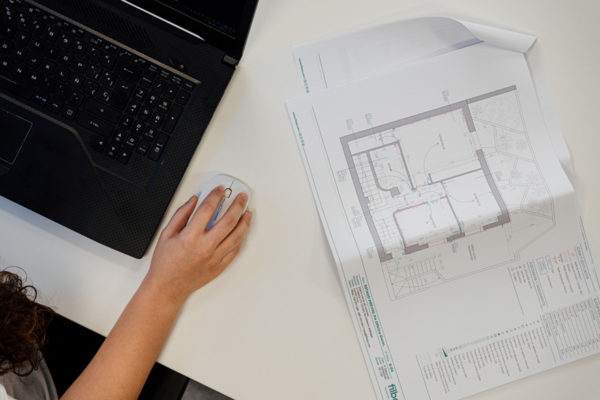
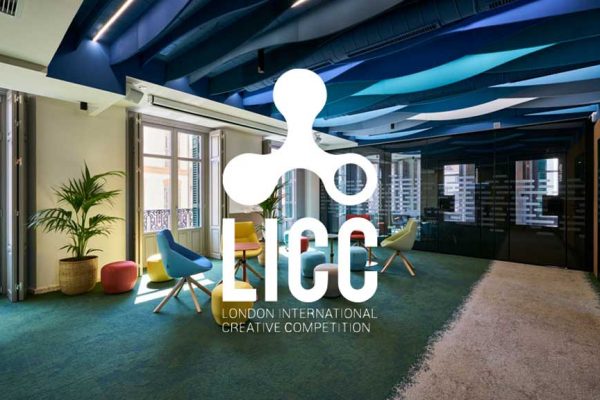
Leave your comment